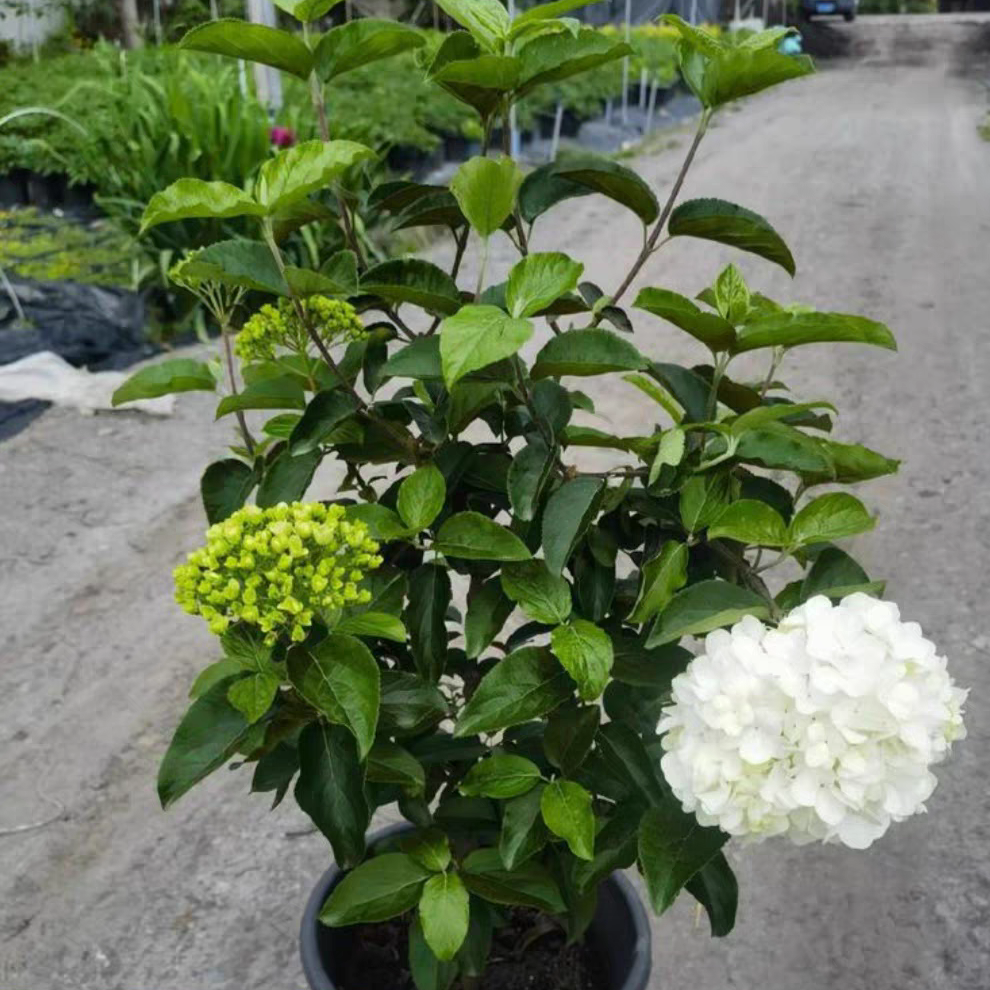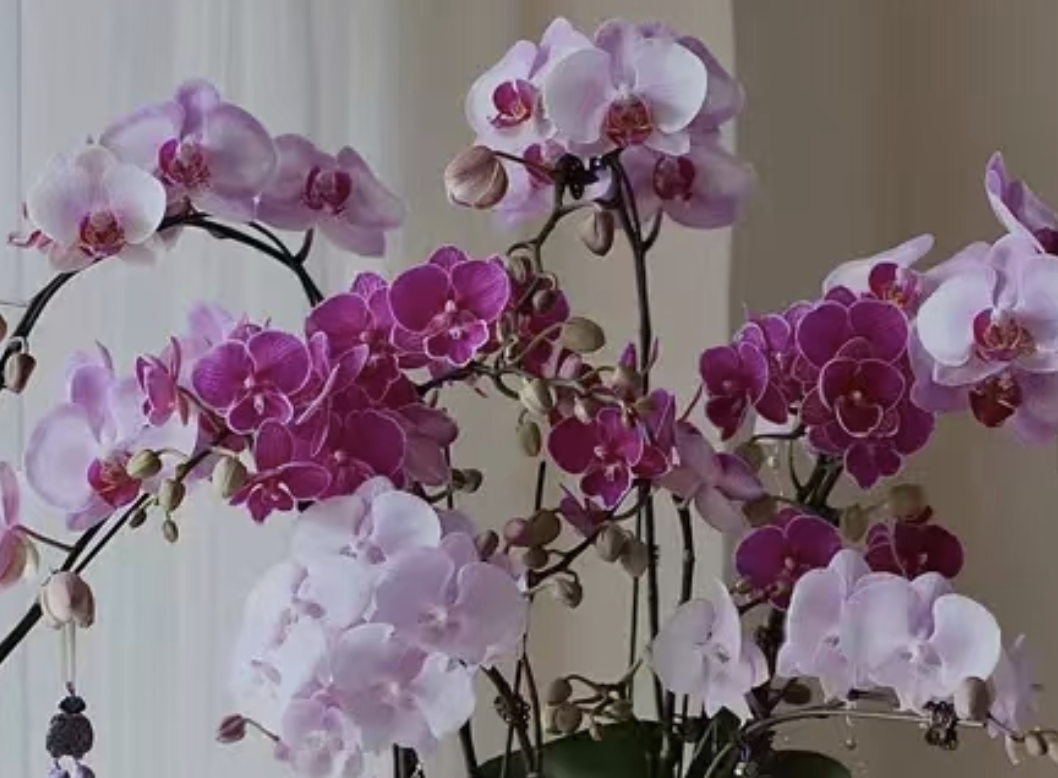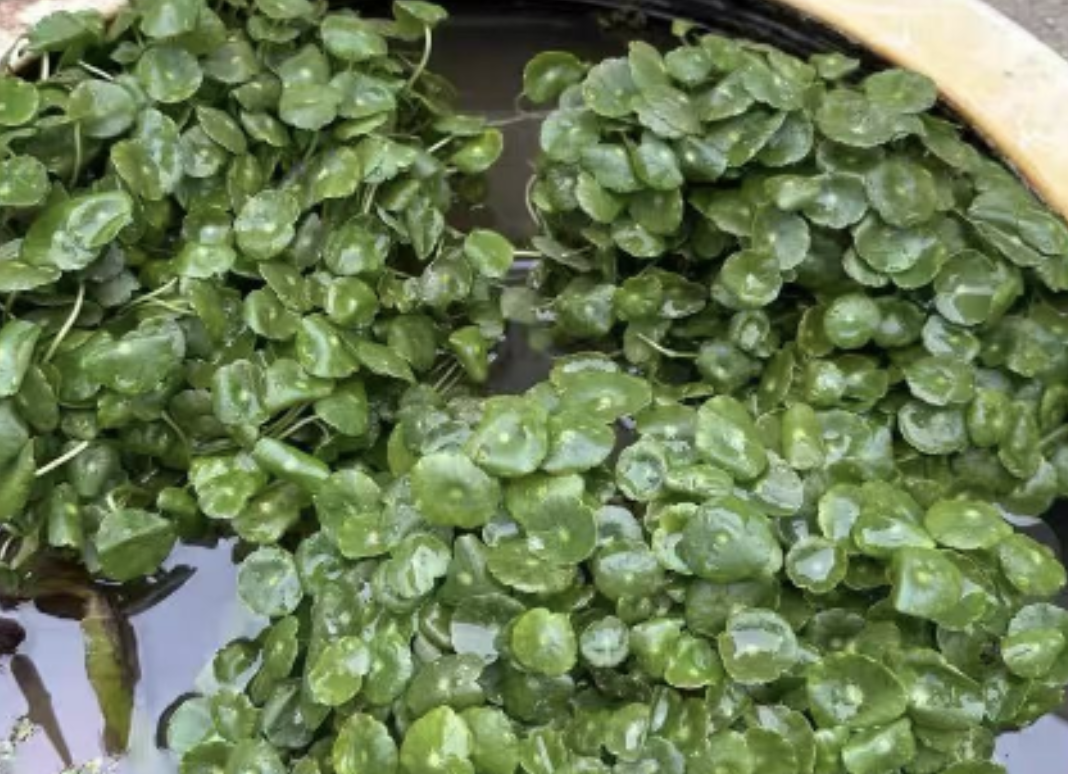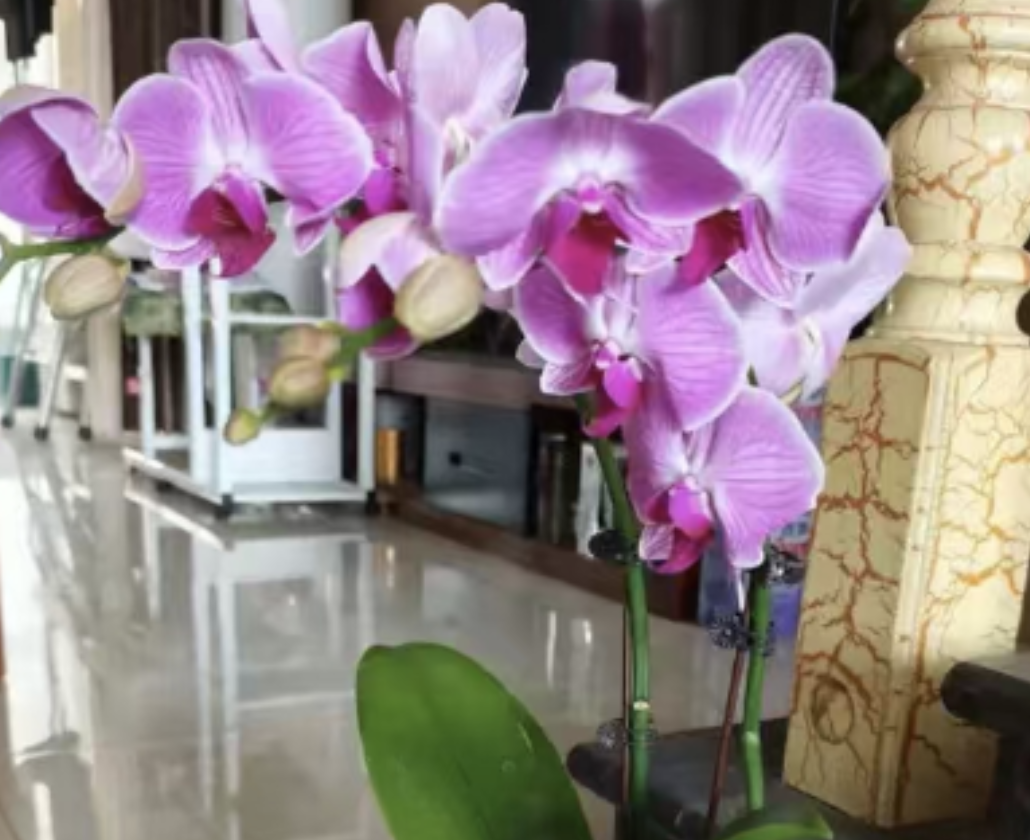Wooden hydrangea, also known as Viburnum macrocephalum, is a shrub in the genus Viburnum of the Caprifoliaceae family. Its flowers are as white as snow, with a large spherical shape, and are very beautiful. The flowering period of the wooden hydrangea is usually from April to May. Although the flowering period is not long, when in full bloom, the tree is full of flowers, which is extremely spectacular.
The shape of the wooden hydrangea tree is relatively beautiful, with straight branches and gray - brown bark. The leaves are opposite, oval to elliptical, with serrated edges. It has a moderate growth rate and strong adaptability, and can grow in a variety of soils, but fertile and well - drained soil is preferred.
Can the wooden hydrangea survive the winter outdoors in the north? Yes, it can. The wooden hydrangea has a certain cold - resistance ability outdoors in the north. Adult wooden hydrangeas can survive the winter outdoors in some areas, but need protection in extremely cold areas. It has a certain tolerance to low temperature during winter dormancy, but if the temperature is too low, the duration is too long, or there is an extreme cold wave, it may cause freezing damage.
Maintenance methods for wooden hydrangea:
1. Sunlight: It likes sufficient sunlight and can also grow in semi - shade. In spring and autumn in the north, place it in a sunny place, which is conducive to the formation and growth of flower buds; in summer when the temperature is high, shade it appropriately to prevent strong sunlight from direct irradiation.
2. Watering: It needs an appropriate amount of water during the growth period. In spring and autumn in the north, keep the soil moist and prevent waterlogging; in summer when the temperature is high, increase the number of watering times to keep the soil moist while also preventing waterlogging; during winter dormancy, reduce watering and keep the soil slightly dry.
3. Fertilization: It needs an appropriate amount of fertilizer during the growth period. In spring and autumn, apply thin liquid fertilizer every 15 - 20 days to promote growth and flowering; stop fertilizing during high - temperature summer and winter dormancy.
4. Pruning: Appropriate pruning can be carried on during winter dormancy. Cut off dead branches, diseased branches, and weak branches to keep the tree shape beautiful, and the overly long branches can be cut short to promote the growth of new branches.
Precautions for wooden hydrangea:
1. Cold protection and warmth preservation: In the north, the winter temperature is low. Before winter comes, the plants can be wrapped with straw or plastic film, or soil can be piled around the plants to keep warm.
2. Pest and disease control: It may be attacked by aphids, red spiders, powdery mildew, etc. Regularly check, and once pests and diseases are found, take timely control measures. Pesticides can be sprayed or biological control methods can be used.
3. Soil selection: It likes fertile and well - drained soil. In the north, the soil is alkaline. Rotten leaf soil, peat soil, etc. can be added to adjust the pH value, and the air permeability and drainage of the soil should be maintained to prevent waterlogging.
Maintenance methods for Hydrangea paniculata

Share with
Tagged in :




Leave a Reply